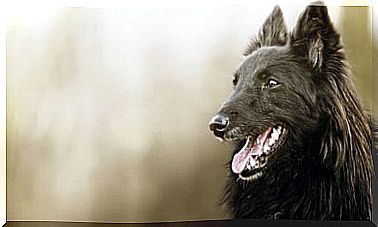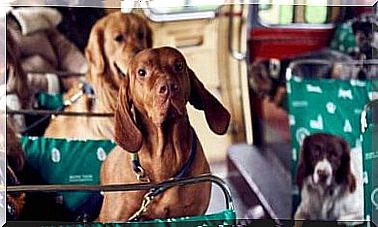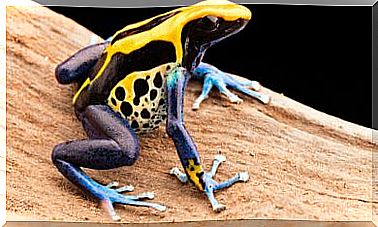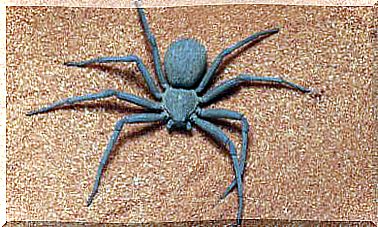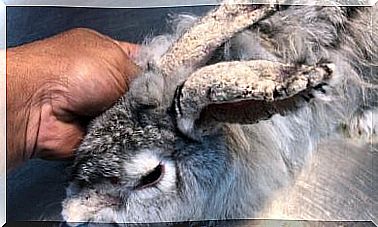Everything You Need To Know About Animal Genetics
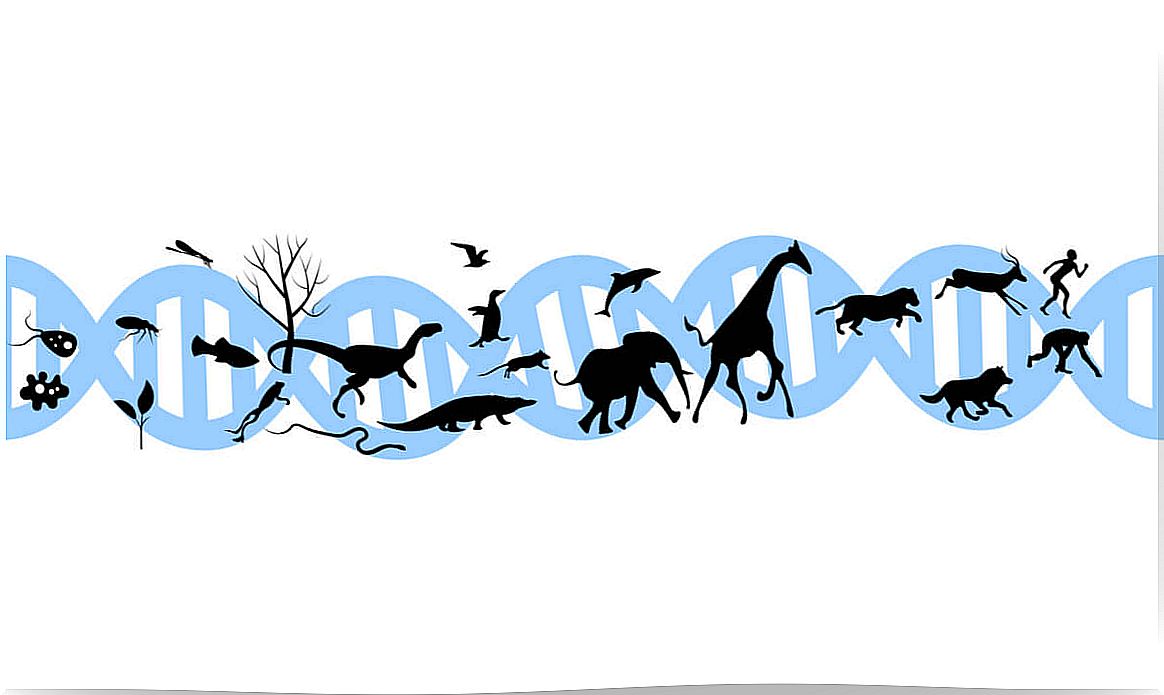
Genetics are fundamental to understanding animals. We are talking about a fascinating and complex science, which is responsible for studying the hereditary properties of living beings. Without genetics, it would have been impossible to decipher such important concepts as evolution.
How are characters inherited from generation to generation? What are genes and how are they expressed? In the following lines we answer these questions and many more.
DNA: the basic molecule of life
As we have already said in previous lines, genetics is the science that describes how biological inheritance is transmitted from generation to generation through DNA.
DNA is the molecule considered the basis of genetic inheritance and, therefore, of life itself. It is a very long double chain of nucleic acids, which is present in every animal cell and which determines its function and properties.
DNA contains the information necessary for subsequent gene expression. Gene expression in animals can be any characteristic of them: the presence of structures such as horns, hair, eyes and many other morphological features.
How does DNA express its genetic information in animals?
As we have explained, DNA is made up of long chains of nucleic acids. These are the same except for one region, called the nitrogenous base, which can be adenine (A), guanine (G), thymine (T) or cytosine (C). The order of the nitrogenous bases gives rise to the so-called genetic code, which determines the characteristics of the animals.
Every three nitrogenous base pairs — known as codons — code for a different amino acid. Amino acids are the “building blocks” from which proteins are made. Proteins, therefore, are the ultimate goal of gene expression and also the basis of the external characters of animals.
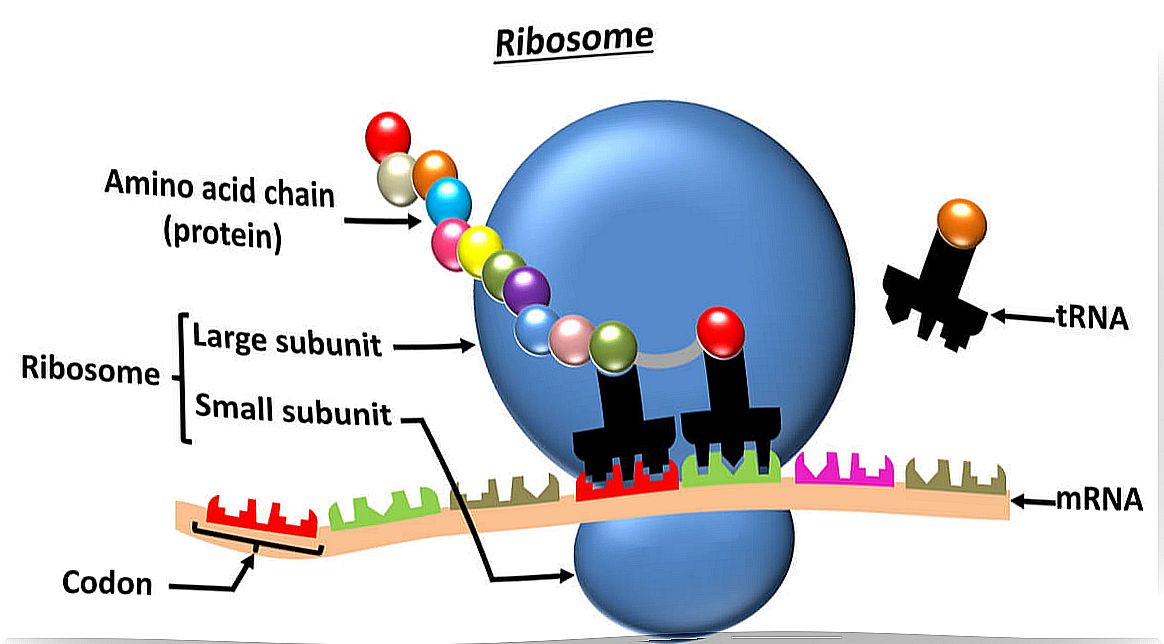
Chromosomes
But then what are the famous chromosomes? A chromosome is just one of the condensed DNA molecules found in the nucleus of every cell. In humans there are 23 pairs, that is, a total of 46. Having more or fewer chromosomes can be a source of diseases, such as the famous Down syndrome.
As we have said on previous occasions, most animals are diploid, that is, we have two copies of genetic material in the nucleus of each cell – two sets of homologous chromosomes. These copies are inherited one from the mother and one from the father.
This is important since, depending on how these copies are for a specific allele – each of the manifestations that a gene can acquire – the individual can be:
- Homozygous, if both copies are the same.
- Heterozygous, if each allele is different. In this case, the dominant allele will be expressed in the animal, as we will explain in the next section.
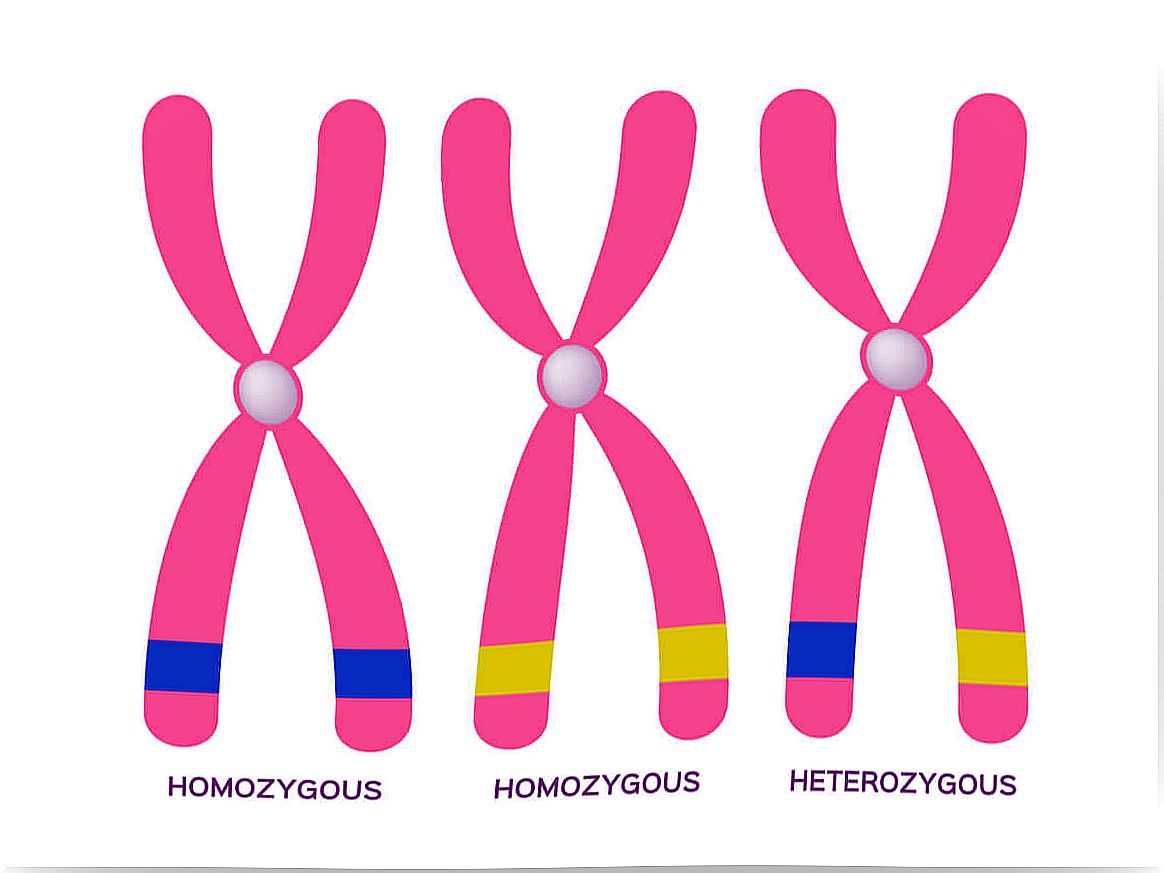
The Beginning of Genetics: Mendel’s Peas
Until the 19th century, the conception that the characters of living beings were hereditary was something that was sensed, but it was not clear why or how it worked. For example, domestic animals were known to inherit certain characteristics, such as hair color or the size of certain structures.
In 1865, the Czech monk Gregor Mendel began experimenting with pea varieties to study how the characters were transmitted. This was, without a doubt, the original basis of genetic study.
When he crossed yellow peas with green peas, he expected to get peas with a mixture of yellow-green colors. However, to his surprise, he observed a certain proportion of green peas and a certain proportion of yellow peas throughout the descendant generations.
Thanks to these experiments, the monk formulated what are known as Mendel’s laws, bases of classical genetics, which we will present in the next section.
Mendel’s laws
Mendel’s laws explain in a very simple but truthful way the inheritance of characters in living beings. We tell you about them in a few lines:
- First law or principle of uniformity : “When two purebred individuals are crossed, the resulting hybrids are all the same.” The crossing of two homozygous individuals, one of them dominant (AA) and the other recessive (aa), originates only heterozygous individuals (Aa) with the same phenotype —external appearance of the trait—.
In animals, we can think of a cream colored horse (AA) and another black color (aa) that are homozygous. When crossing them, all their offspring will be Aa, which due to dominance of the character will show a cream color. This information is very important for, for example, selecting the breeding of certain dog breeds.
- Second law or principle of segregation : “Certain individuals are capable of transmitting a character even if it is not manifested in them.”
This time we crossed a mare and a cream-colored horse, but both heterozygous (Aa). The resulting offspring will be cream-colored and black-colored foals, with a ratio of three to one, as some foals will inherit both recessive copies with a probability of 25%.
Thus, 3/4 of the descendants will be cream and the remaining 1/4 will have black coloration. In this case, we can see how the parents did not express the gene for black color, but both were carriers of it.
- Third law or principle of independent combination : when two characters are considered, these are transmitted to the offspring independently, without being linked.
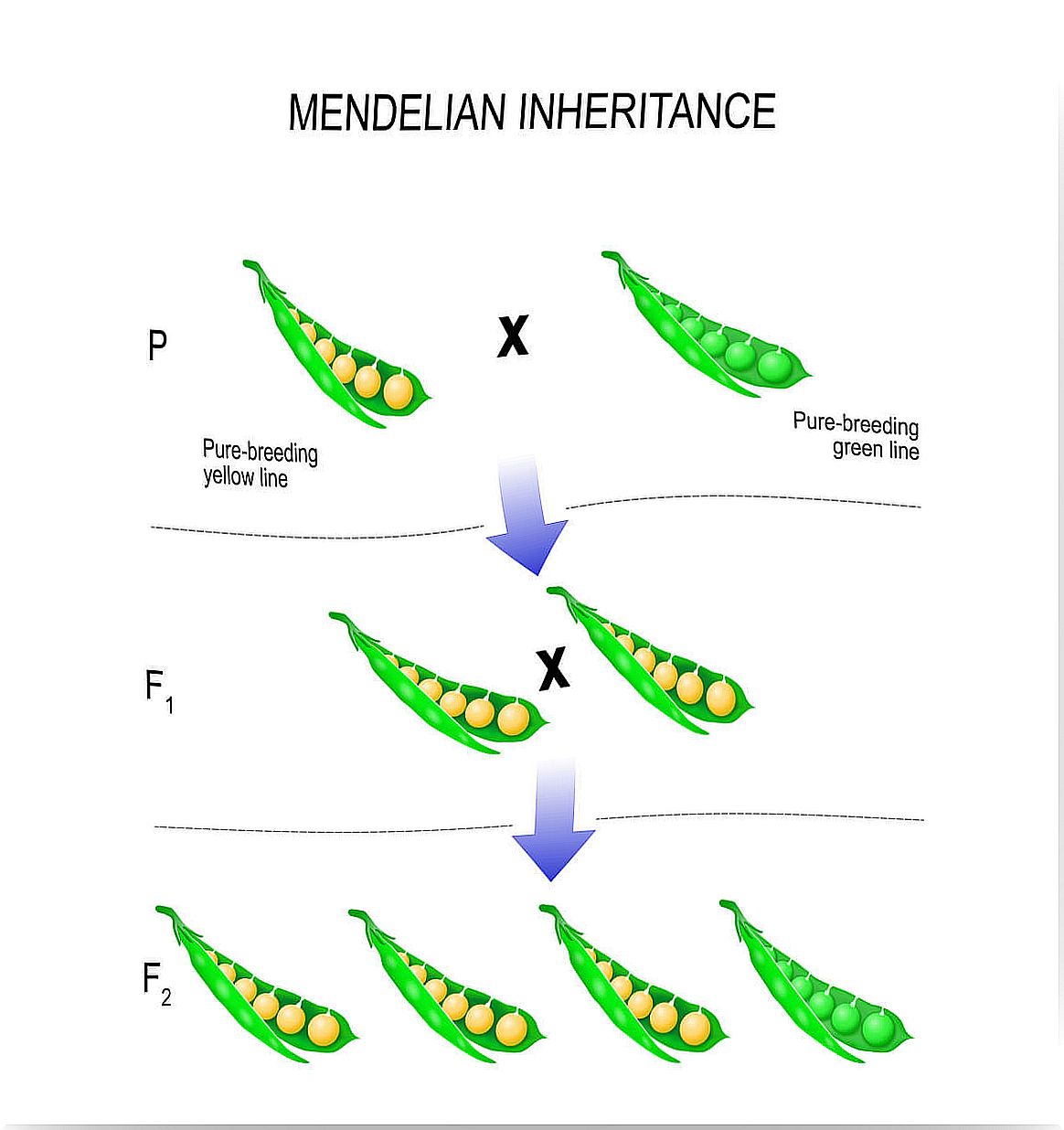
As we have seen in the article, genetics is a very important science that allows us to know living beings and explain the transmission of characters throughout the evolutionary history of species. Each morphological character present in an animal is conditioned by the environment and its genotype.
It might interest you …


